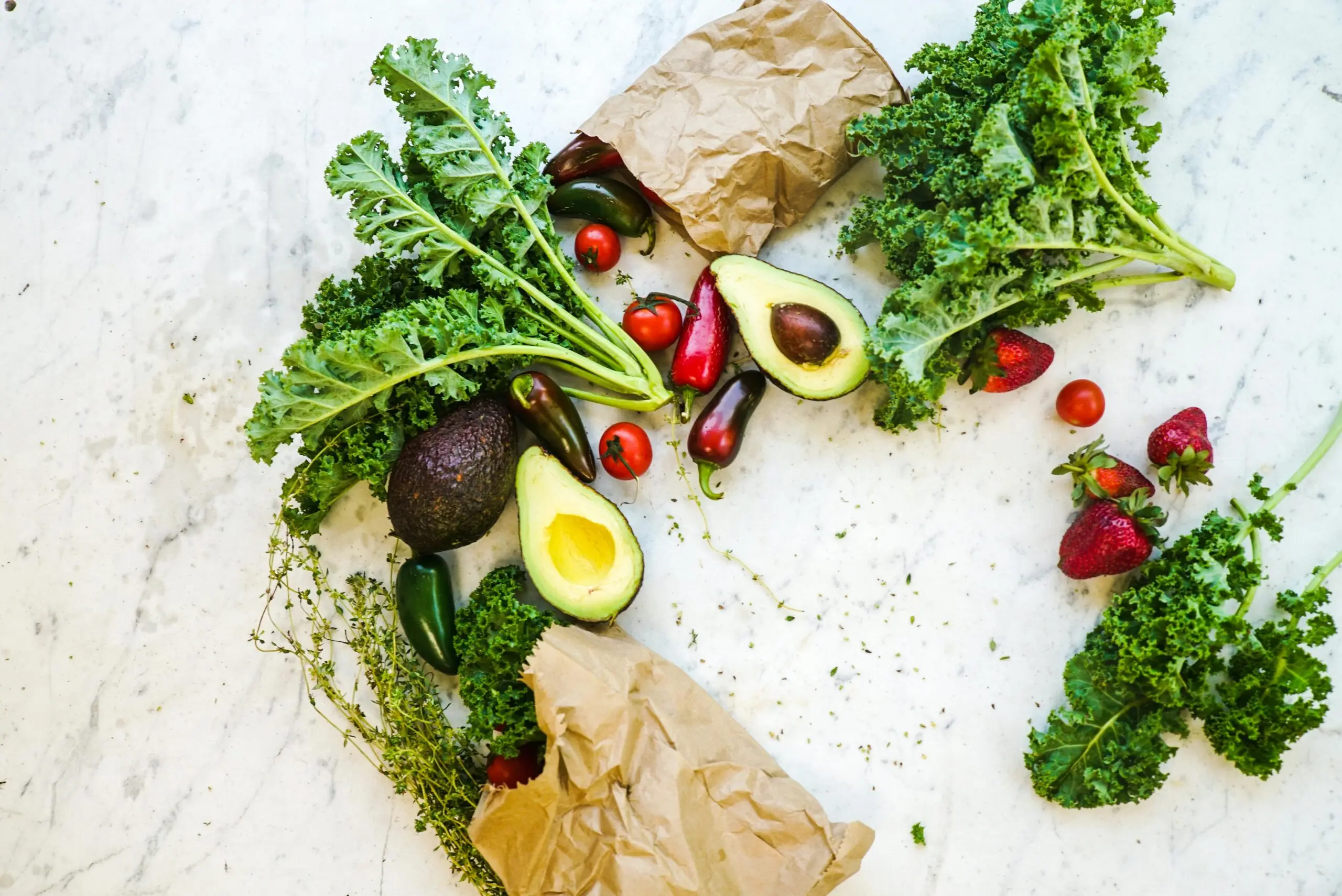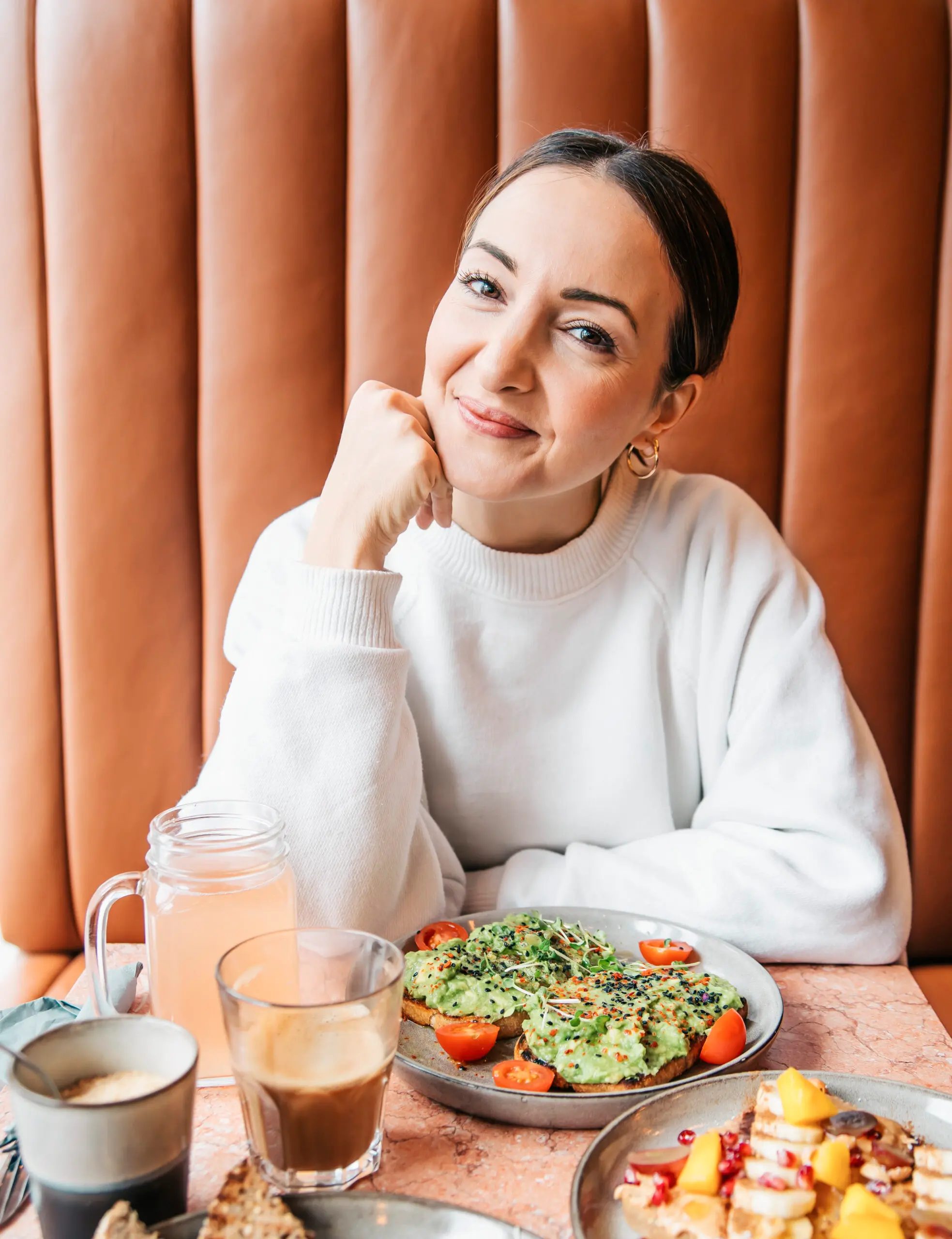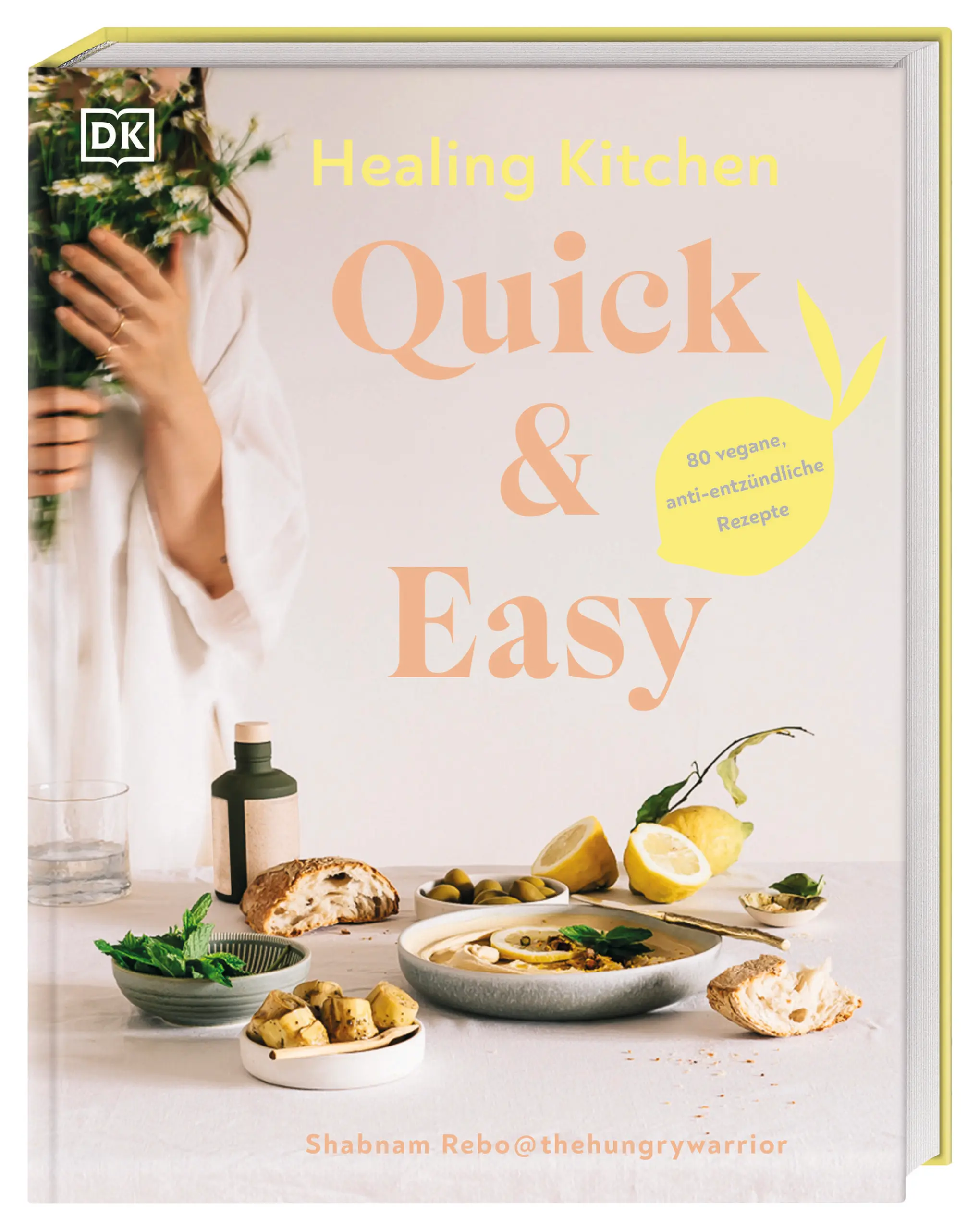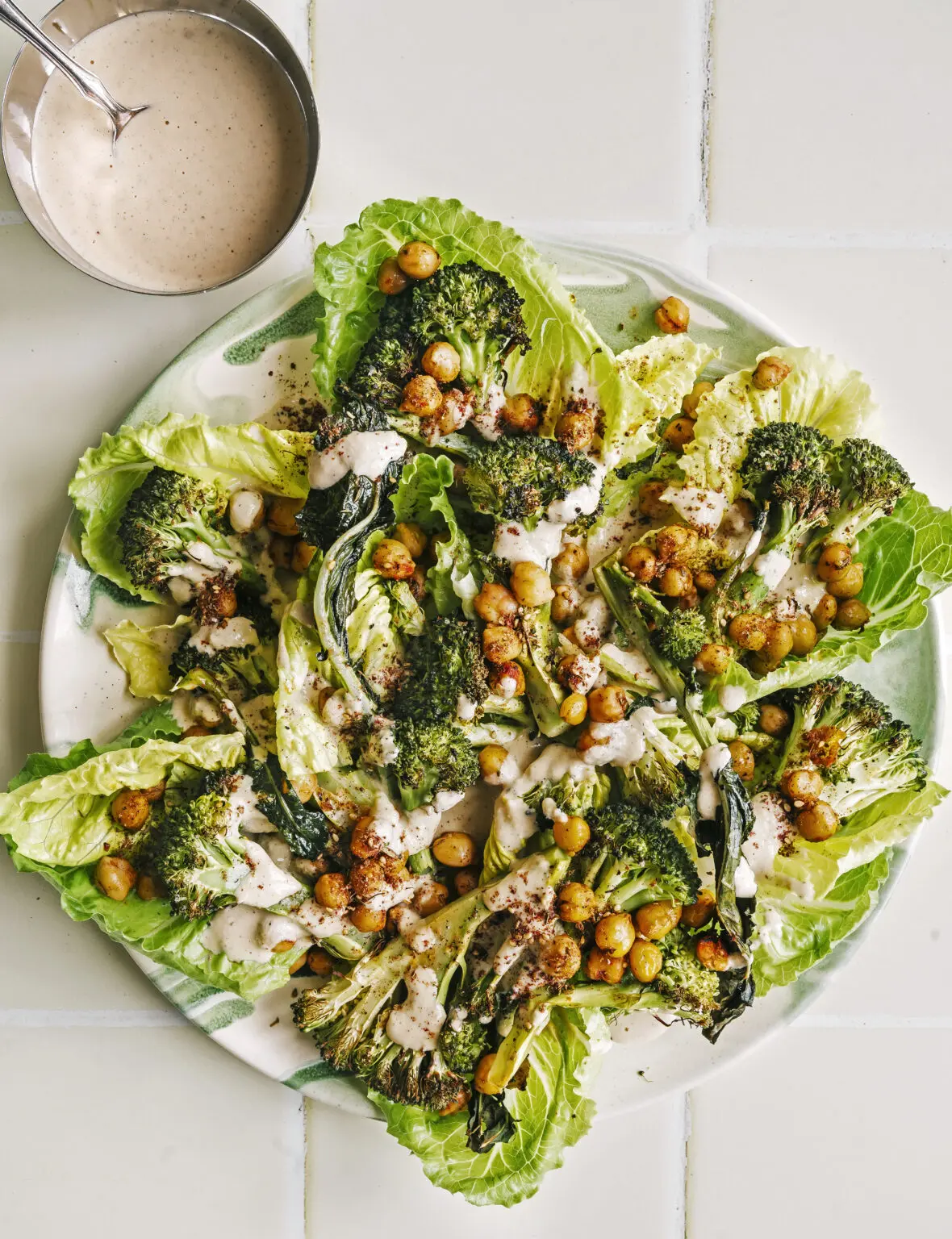
© Wendy Wei
June 6, 2024
Jana Ackermann
- Food
- Health
Anti-inflammatory nutrition: What is behind it?
What role silent inflammations play in our body and how we can reduce them with the right foods

© Wendy Wei
June 6, 2024
Jana Ackermann
What role silent inflammations play in our body and how we can reduce them with the right foods
One hears more and more often about the concept of anti-inflammatory nutrition. It aims to reduce inflammation in the body, making us feel healthier, fresher, and younger. The plant-focused diet is similar to the Mediterranean diet – that is, with a focus on foods rich in antioxidants, Omega-3 fatty acids, and fiber, such as fruits, vegetables, nuts, seeds, fatty fish, and whole grains.
At the same time, pro-inflammatory foods like Sugar Refined carbohydrates, red meat and processed foods are eliminated from the diet as much as possible. The goal is to reduce the risk of chronic inflammatory diseases and enhance overall well-being.
A visible inflammation of the skin, such as a nail bed infection, acne or an inflamed abrasion is something we are all familiar with. "It can be accompanied by redness, swelling, pain, warmth or functional impairment," states Dr. Anne Gürtler, a dermatologist and nutritionist at the University Hospital in Munich. She pursues a holistic approach, which can also be found on Instagram under @dermahealthnutrition "You can follow her. "This inflammatory reaction is part of the body's natural healing process and is very useful. "
But even in our body, there can be underlying, so-called silent inflammations that slumber away. They can remain undetected for years, but they are the ones to which many chronic inflammatory diseases can be traced back.
"If these inflammatory processes persist over a longer period of time, they can promote chronic diseases, such as arthritis , Crohn's disease and ulcerative colitis, cardiovascular diseases, type 2 diabetes, obesity, or psoriasis," explains the doctor. Then "silent inflammations" would suddenly become visible.
Shabnam Rebo , who has just published her second cookbook "Healing Kitchen – Quick & Easy" was diagnosed with the chronic inflammatory bowel disease ulcerative colitis many years ago.
In Germany, according to the Federal Ministry of Research and Education, approximately 320,000 people suffer from the inflammatory bowel diseases Crohn's disease and ulcerative colitis, where the immune system attacks healthy tissue in the digestive tract. The number of affected individuals has been increasing in recent decades, which may also be due to changes in lifestyle habits.
“In 2015, I had a flare-up that wouldn't end. The disease completely tore me out of my life,” says Shabnam Rebo. “Eventually, I decided to change my diet to a plant-based and anti-inflammatory one.”
According to Dr. Gürtler, lifestyle adjustments, including diet, stress , exercise, and sleep , are the first phase of therapy for many diseases. In Rebo's case, the first positive changes appeared after a short time, and Dr. Gürtler confirms: “Energy levels and sleep will quickly improve.”
An anti-inflammatory diet is not only recommended for people who are already chronically ill. Numerous scientific studies indicate that an anti-inflammatory diet can significantly reduce the risk of chronic inflammatory diseases. "In general, I recommend the dietary concept to everyone because it is a generally health-promoting diet," advises Dr. Gürtler.

© Anne Gürtler
Dermatologist and nutritionist Dr. Anne Gürtler
The basic principle of an anti-inflammatory diet is to eat as much fresh and unprocessed food as possible, preferably with lots of plants. “Since animal products are suspected of causing inflammation in the body, I eat a purely plant-based diet,” adds cookbook author Shabnam Rebo.
The focus is on plenty of fresh vegetables , particularly dark green varieties such as spinach or kale, fruits, nuts and seeds, whole grains, healthy fats, spices and herbs, as well as probiotics.
Since 90 percent of the immune system is located in the gut, the gut flora should always be kept in balance: "The more colorful and diverse we eat, the greater the variety of bacteria in the gut, which in turn strengthens the immune system."
Omega-3 fatty acids are also important, and they are found in fatty fish, among other things. "But we are now also aware of the disadvantages. Nutritionally, fish is therefore no longer what it once was," says Dr. Gürtler. Those who want to turn to plant-based sources can opt for flaxseeds, chia seeds, walnuts, flaxseed oil, or algae oil.
In the pantry of the 'Healing Kitchen' author, you'll also find legumes like chickpeas or lentils, quinoa, buckwheat, various flours like whole grain and buckwheat flour, tofu, tempeh, plant-based yogurts, sauerkraut, kimchi, nuts and nut butter, as well as fresh fruits and vegetables.
At the end of the day, a balanced diet is pretty simple. If you follow a few basic principles, you'll get pretty far without overthinking, according to the nutritionist. The most important core aspect: cook as much as possible yourself.

© Shabnam Rebo
Author and influencer Shabnam Rebo
In this sense, it's really nothing new that 'highly processed foods, refined carbohydrates, anything with refined sugar or sugar substitutes, saturated fats often found in animal fats, eggs and milk, red meat, and alcohol' are among the main triggers of silent inflammations in the body.
But here, too, exceptions that enhance the joy of life are allowed. Some nutrition specialists like Shabnam Rebo therefore follow the 80:20 approach in everyday life, which means that you mostly (80%) eat healthily and balanced, while occasionally (20%) allowing yourself to enjoy less health-promoting foods. 'Ultimately, nutrition is always individual and we shouldn't be too dogmatic,' adds Dr. Gürtler.
The anti-inflammatory diet thus corresponds to a logical nutritional compass that leads us back to the roots, or in other words, back to fresh, unprocessed foods.
It is important that the change doesn't have to happen overnight. According to nutritionist Dr. Anne Gürtler, it is more about the long-term change, about creating new routines that eventually feel completely natural.
Your tip: "What I find very helpful is to commit to one change per month, which makes twelve new habits per year." This could look like this: In the first month, add more plant-based protein to your diet, in the next, aim to eat less refined sugar, then cook more yourself, and so on.
Shabnam Rebo adds: "If we create an awareness of the reactions of food in the body, at some point you will increasingly notice what is good for us and what is not." And this is also true in conjunction with sleep, exercise, or stress - they also influence how rested, fresh, and fit we feel, alongside nutrition.
Roasted Broccoli Caesar Salad from the cookbook "Healing Kitchen - Quick & Easy" by Munich influencer Shabnam Rebo
Broccoli is high on the superfood scale! Good for the immune system and so delicious. I prefer to prepare it in the oven. Very simply with some olive oil, lemon, garlic, salt, and pepper. Then enjoy with quinoa, whole grain rice, or pasta or as a filling for tacos or wraps. Add a delicious sauce and some toppings – enjoy! This time, the broccoli landed on a Caesar salad and tastes exquisite that way too!
FOR 2–3 PEOPLE
400 g broccoli2 tbsp olive oil2 tsp za’atarSalt and pepper1 can of chickpeas (240 g drained weight)1 ½ tsp sweet paprika powder
100 g romaine lettuce
1 recipe vegan Caesar dressing
YIELDS 400 ML
6 tbsp sunflower seeds (50 g)
4 tbsp hemp seeds (40 g)6 tbsp nutritional yeast (15 g)1 clove of garlic60 ml lemon juice2 tbsp apple cider vinegar1–2 tsp maple syrup1 tbsp olive oil (optional) salt and pepper (to taste)
Preheat the oven to 180°C. Clean, wash and divide the broccoli into florets, leaving some of the stalk on. Peel the remaining stalk and cut into sticks. Spread the broccoli on one side of the baking sheet, mix with 1 tbsp olive oil, za’atar, salt and pepper.
Drain the chickpeas in a sieve, rinse and let them drain, then spread them on the free half of the baking tray and mix with the remaining olive oil (1 tbsp), paprika powder, salt and pepper. Roast broccoli and chickpeas in the oven (middle) for 20 minutes. In the meantime, clean the romaine lettuce, wash, spin dry, cut into larger pieces and place on a plate.
Put all the ingredients for the dressing along with 150 ml of water into a blender or a tall mixing jug and purée finely in the blender or with the immersion blender.
Spread broccoli and chickpeas on top and generously drizzle with the dressing.
Broccoli belongs to the cruciferous family and they are a true wonder weapon against inflammation. Vitamin C and mustard oil glycosides, which are converted into the mustard oil sulforaphane under the influence of the enzyme myrosinase, inhibit inflammation in the stomach and intestines, lower blood sugar levels and are even said to protect against the development of cancer.

© Shabnam Rebo
Healthy recipes that are easy to cook: Book "Quick & Easy" by Shabnam Rebo

© Shabnam Rebo
Roasted Broccoli Caesar Salad from the cookbook "Healing Kitchen – Quick & Easy"